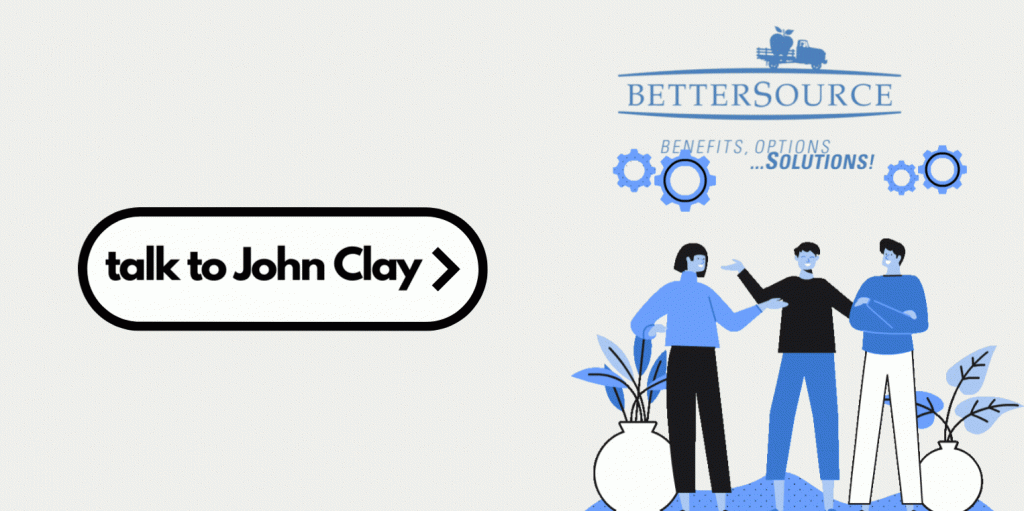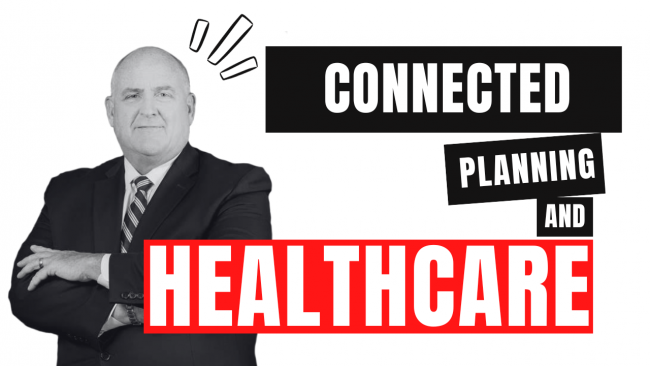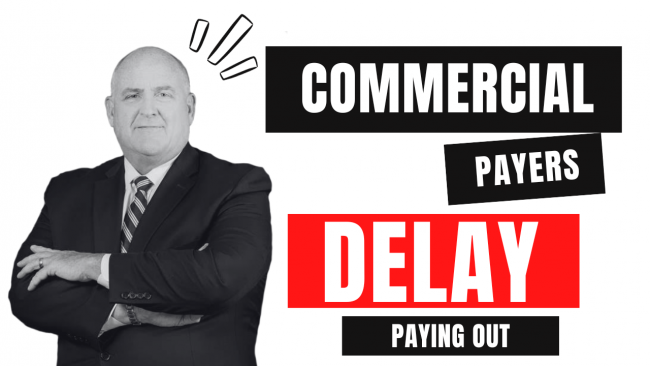Connected Planning and Healthcare (For The CFOs)
Increasingly, C-suite leaders are looking to connect their business plans across their finance, workforce, sales, and supply chain teams.
This approach, known as “connected planning,” provides deeper insight into data across the company so that business leaders can get a good view of the whole business plan and not just one piece of it.
Connected planning helps to improve decision-making and identify the right strategy for the business. More CFOs are now partnering with their C-suite counterparts (chief operating officers, sales leaders, etc.) to connect plans across lines of business and give executives better information company-wide.
Now, do you think CFOs should consider the second biggest operational expense in the organization, into their “connected planning” process? (crickets) – That was a rhetorical question.
There is no question about it.
This year, you’ll have to examine if your healthcare plan is part of a problem, or part of a solution to protect your organization from both internal and external threats of 2024.
The time is now. CLAIM YOUR 30 MINUTES WITH JOHN CLAY and get an option for your renewal instead of another year of increase…

The top 4 concerns of the CFOs in 2024 are:
✅ Cutting the right costs
✅ Budget planning
✅ Increasing profitability
✅ Attract and keep the right talent
Learn how your healthcare plan can help you reach these goals in 2024


